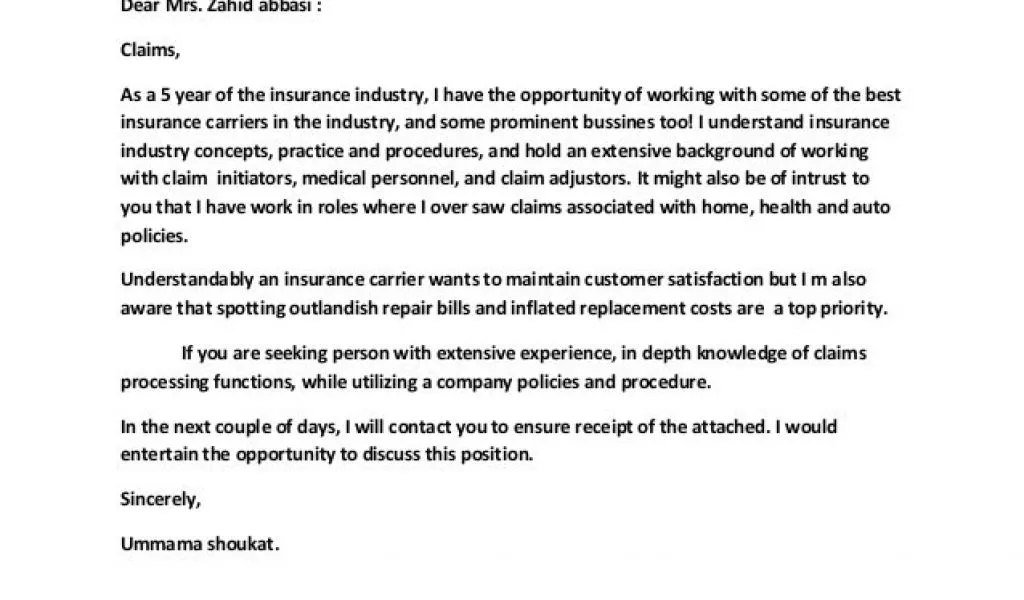Crafting a Teachers Cover Letter
Landing your first teaching job is an exciting milestone, and a well-crafted teachers cover letter is your key to unlocking the door. Even without prior teaching experience, your cover letter is your chance to shine, demonstrating your potential, skills, and passion for education. This guide provides a step-by-step approach to writing a cover letter that captivates hiring managers and sets you apart from the competition, ultimately increasing your chances of securing that dream teaching position.
Understanding the Purpose of a Cover Letter
A teachers cover letter serves as a personal introduction, complementing your resume by providing a narrative that highlights your qualifications and enthusiasm. It’s your opportunity to connect with the hiring committee on a deeper level, showcasing your personality and explaining how your skills align with the school’s needs. A cover letter gives context to your resume, allows you to discuss career changes, and illustrates your communication skills which are critical for teachers.
Highlighting Transferable Skills
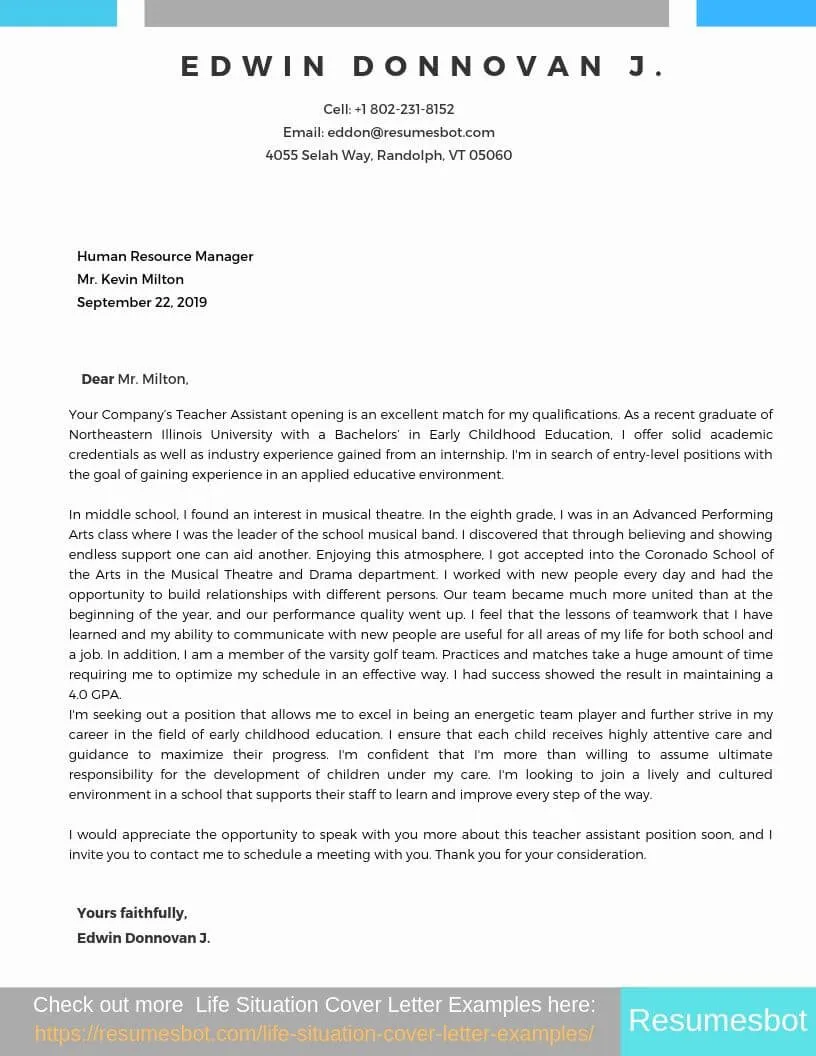
Even if you lack direct teaching experience, you possess a wealth of transferable skills that are highly valued in the classroom. Think about skills like communication, organization, leadership, problem-solving, and adaptability. Consider experiences from previous jobs, volunteer work, or even extracurricular activities where you’ve demonstrated these skills. Providing specific examples of how you’ve utilized these skills will further strengthen your application. Emphasize how these transferable skills can be applied to a classroom setting to foster a positive learning environment.
Researching the School and Position
Before you begin writing, thoroughly research the school and the specific teaching position. Explore the school’s website, social media, and any available information about its mission, values, and educational philosophy. Understand the specific requirements of the job description and identify the key skills and qualifications the school is seeking. Customizing your cover letter to align with the school’s unique needs and demonstrating your understanding of their specific context is a good way to increase the chances of getting an interview.
Formatting Your Teachers Cover Letter
Contact Information and Date
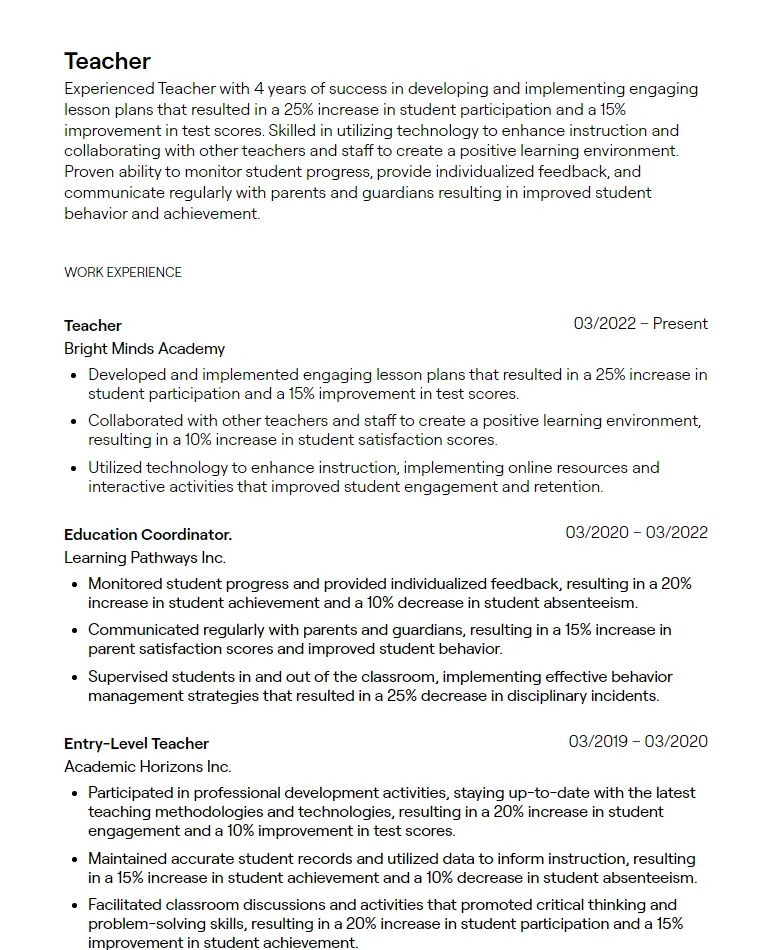
Start with your contact information (name, address, phone number, and email address) and the date. Ensure your email address is professional and easy to read. Then, include the name and title of the hiring manager, if possible, along with the school’s address. Addressing the hiring manager directly shows you’ve taken the initiative to research the contact details, and a personalized cover letter grabs the reader’s attention quickly.
Greeting and Opening Paragraph
Address the hiring manager by name (e.g., “Dear Ms. Smith”) if you know it. The opening paragraph should immediately grab their attention. State the position you are applying for and how you learned about the opportunity. Briefly introduce yourself and express your enthusiasm for the role and the school. This is the first impression, so make it count.
Body Paragraphs Showcasing Skills
The body of your cover letter is where you showcase your skills and experiences. Focus on the most relevant qualifications from the job description and provide specific examples to support your claims. If you have limited experience, focus on any relevant coursework, volunteer work, or other activities that demonstrate your teaching aptitude. Describe how you’ve used your skills to make a difference, such as improving student outcomes or contributing to a positive team environment.
Closing and Call to Action
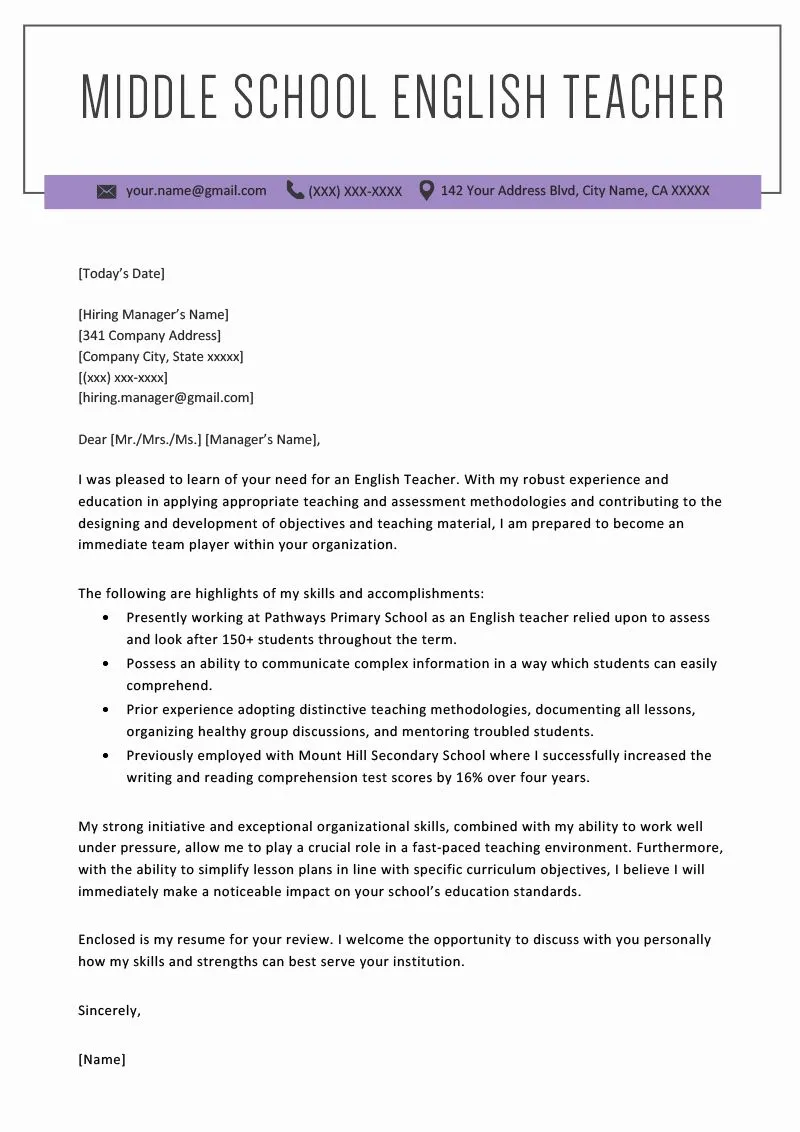
In your closing paragraph, reiterate your interest in the position and the school. Express your gratitude for their time and consideration. End with a clear call to action. For example, request an interview and mention your availability. Be polite and professional, and leave a lasting positive impression.
Content for Teachers Cover Letter
Emphasizing Education and Training
Highlight your educational background, including your degree, certifications, and any relevant coursework. Mention any academic achievements, such as honors or awards. If you have completed any teaching-related training programs, like student teaching or workshops, be sure to include those details. Focus on skills and knowledge gained, which is especially useful when there is no prior experience.
Showcasing Relevant Experiences
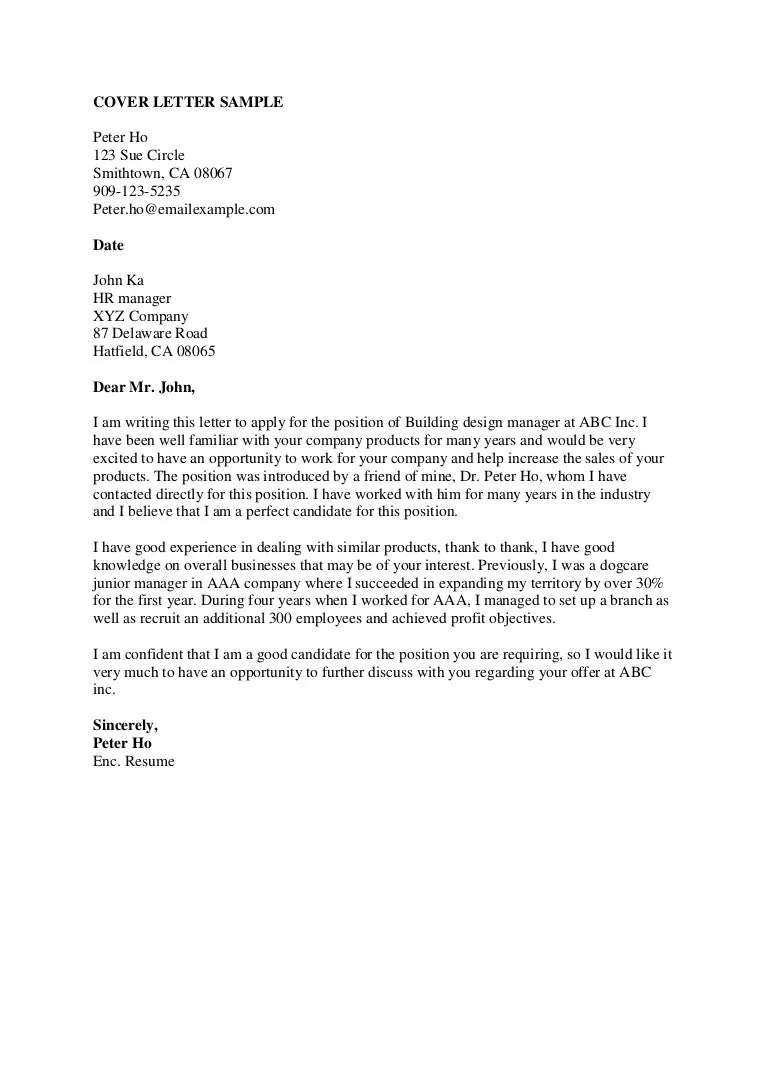
Even if you haven’t taught in a classroom, you likely have experiences that are relevant to teaching. These could include tutoring, mentoring, coaching, or leading youth groups. Describe your responsibilities in these roles and the skills you utilized. Provide specific examples of how you have worked with children or young adults, and emphasize your ability to inspire and motivate students. Use specific details and concrete examples to provide context for your skills.
Demonstrating Passion for Teaching
Your cover letter is an opportunity to demonstrate your passion for teaching. Express your enthusiasm for education and your commitment to helping students succeed. Share your teaching philosophy, highlighting your approach to creating a positive and engaging learning environment. Communicate what motivates you to become a teacher and what makes you a great fit for the school’s culture.
Addressing No Prior Teaching Experience
Focusing on Student-Teacher Connection
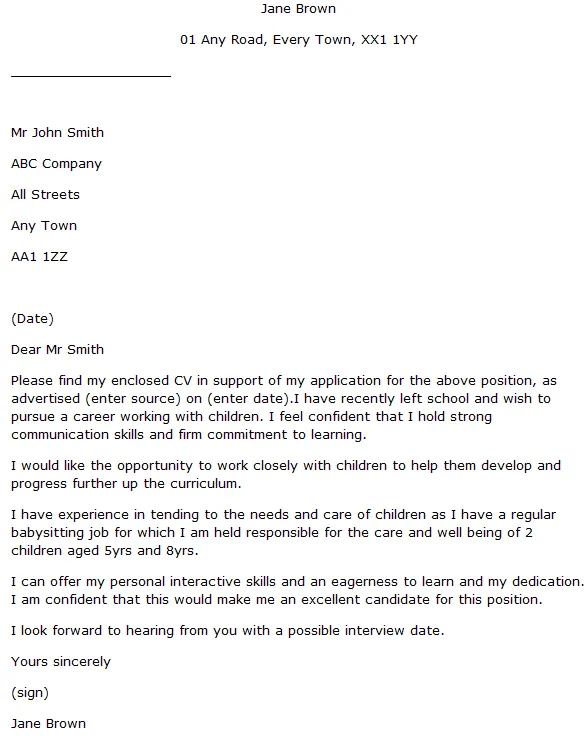
Without prior experience, focus on your ability to build rapport with students. Describe how you create a supportive and inclusive learning environment. Highlight your ability to understand and respond to the needs of individual students. Mention your communication skills, patience, and ability to connect with students on a personal level. This demonstrates the core values that make a great teacher.
Highlighting Volunteer or Internship Experiences
If you have volunteer or internship experiences in educational settings, emphasize those experiences. Provide specific details about your responsibilities and the skills you developed. Describe how you worked with students, assisted teachers, and contributed to the classroom environment. These experiences demonstrate your dedication and commitment to the teaching profession.
Highlighting Skills to Cover Gaps
Focus on the skills you possess that are relevant to teaching. Highlight your communication, organizational, and problem-solving skills. Mention any training you have completed, such as courses in classroom management or curriculum development. Emphasize your willingness to learn and your eagerness to grow as a teacher.
Reviewing and Finalizing
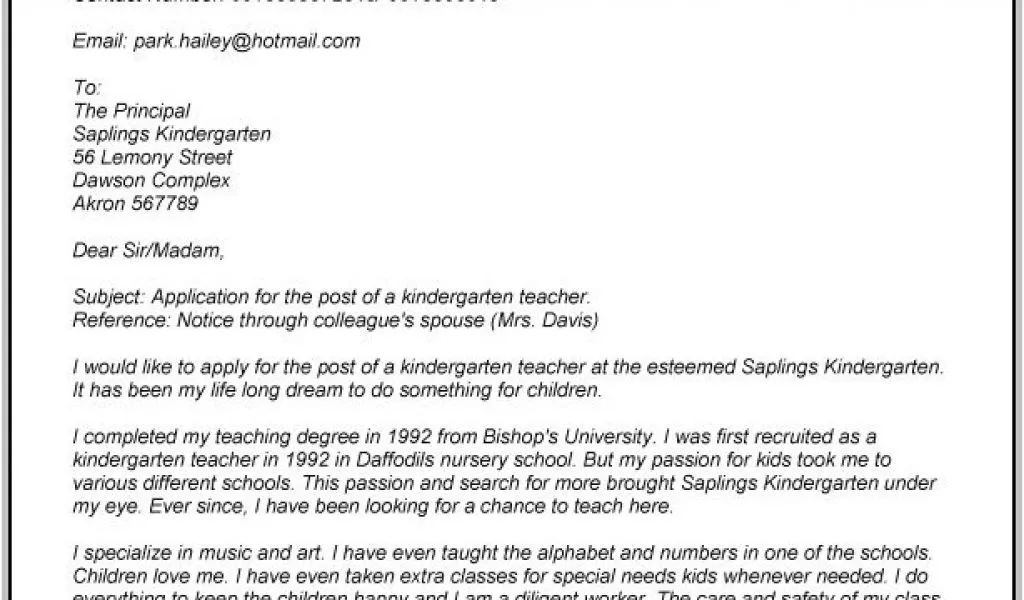
Proofreading and Editing
Proofread your cover letter carefully for any grammatical errors, spelling mistakes, or typos. Ensure your writing is clear, concise, and professional. Use a grammar checker tool and ask a trusted friend or family member to review your cover letter. A polished cover letter demonstrates attention to detail, which is essential in the teaching profession.
Seeking Feedback
Ask for feedback from career counselors, mentors, or other teachers. They can provide valuable insights and help you refine your cover letter. Be open to suggestions and willing to make changes based on the feedback you receive. Having another set of eyes on your cover letter can reveal areas for improvement that you may have missed.
Submitting the Cover Letter
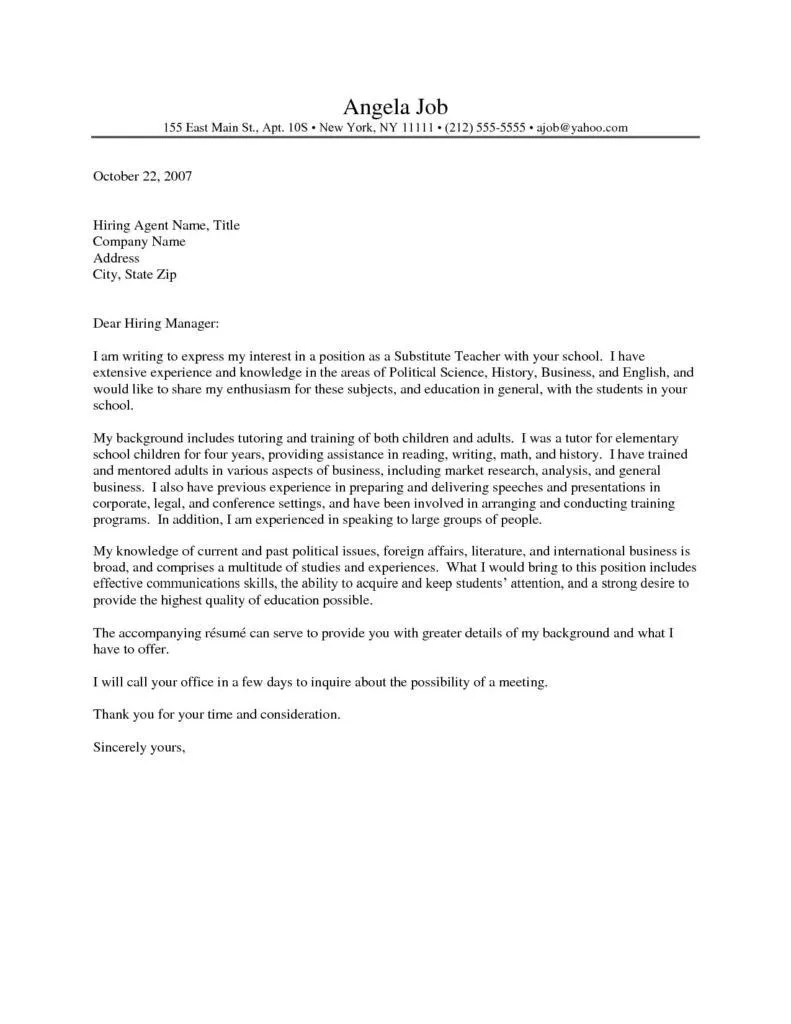
When submitting your cover letter, follow the school’s instructions carefully. Ensure your cover letter is properly formatted and easily readable. Always attach your resume and any other required documents. Submit your cover letter and resume in a timely manner and follow up with the hiring manager if you haven’t heard back within a reasonable timeframe.
In conclusion, a teachers cover letter is more than just a document it’s your initial opportunity to make a positive impression. By focusing on your strengths, highlighting relevant skills, and demonstrating your passion for teaching, you can create a compelling cover letter that captures the attention of hiring managers, even without prior experience. With a well-crafted cover letter, you’ll be one step closer to landing your first teaching job and starting your journey in education.
